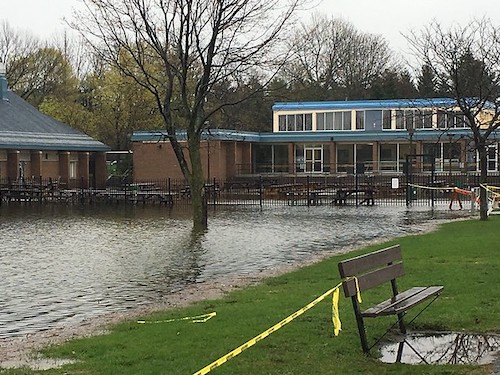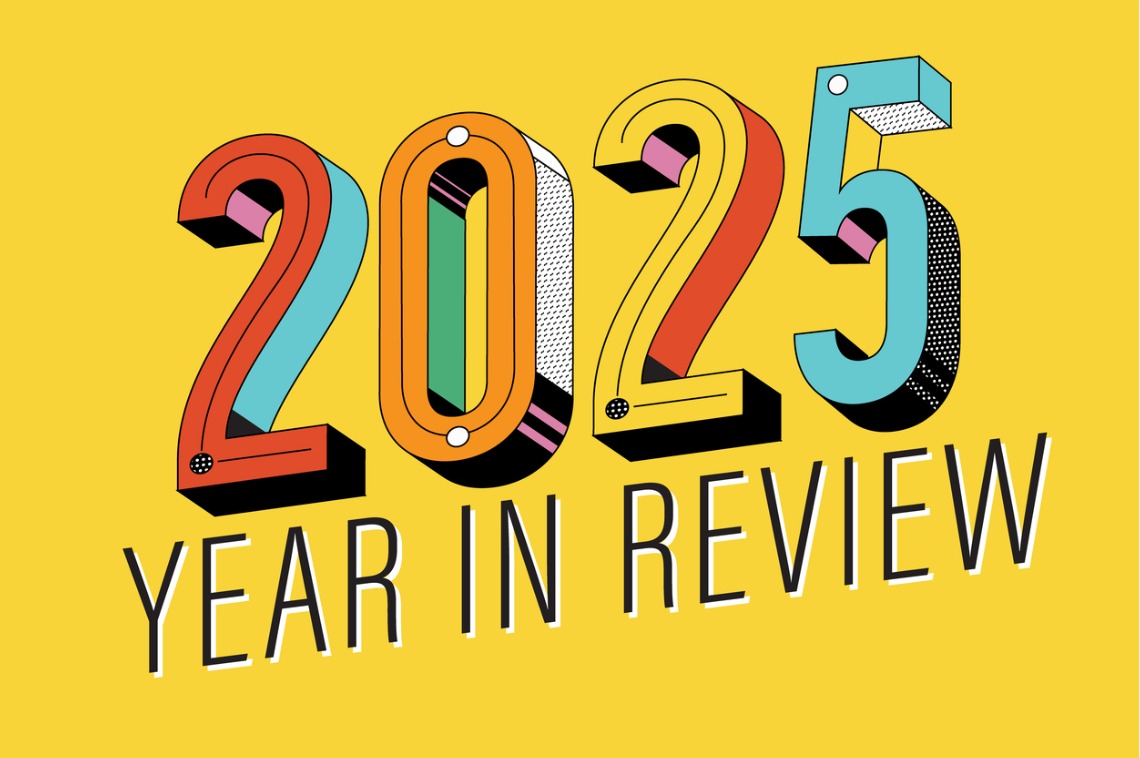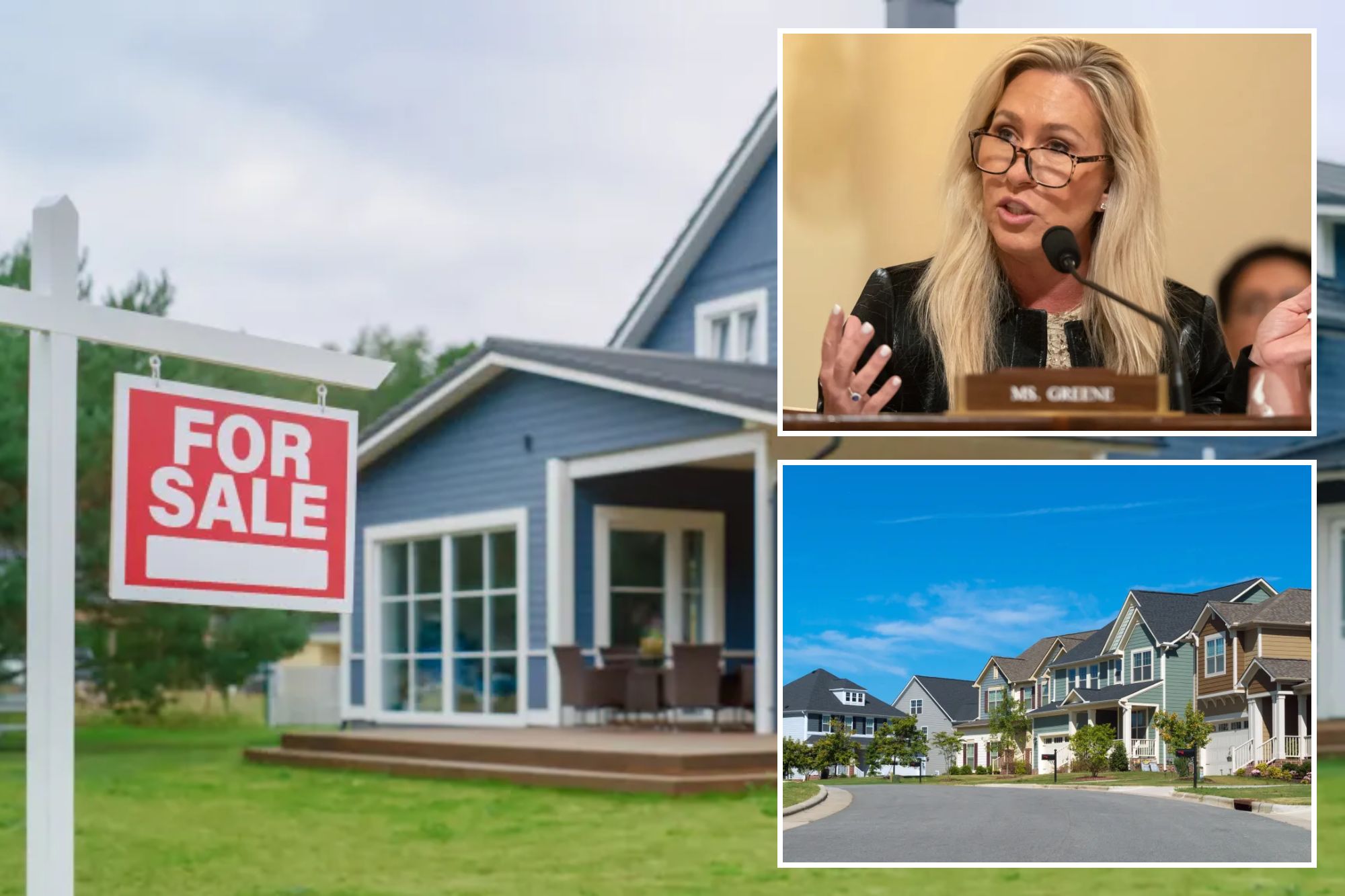C
limate change is transforming the way Canadians think about land and buildings, particularly when it comes to property insurance. The increasing severity of climate-related events has led to higher premiums and reduced availability of insurance options, making it harder for homebuyers and developers to secure coverage.
Governments must take a proactive approach to address this issue by investing in infrastructure, backstopping insurance plans, and conducting better research and analysis to mitigate risk. However, the cost of climate-related insurance is often difficult to pass on to tenants, who are already facing high living costs.
The interplay between insurance availability and real-estate development decisions is becoming increasingly complex. Many previously viable projects are now being scrutinized for risk due to the rising cost of insurance. Lenders, including Canada Mortgage and Housing Corporation (CMHC), are also taking a closer look at underwriting mortgages on floodplain properties, making it challenging for homebuyers to secure financing.
Developers can adopt strategies such as "hardening" their assets by incorporating climate-resilient elements in building design, which can lower insurance costs. For example, replacing impervious paved parking lots with permeable surfaces that allow water to soak into the ground can improve drainage and reduce flood risk.
Government infrastructure projects are also playing a crucial role in mitigating climate risk. The Don River realignment project in Toronto is an example of how cities can reduce flood exposure through large-scale environmental engineering. By restoring the river's natural dynamics, creating new wetlands, and designing green spaces to absorb stormwater runoff, the city has reduced flood exposure and unlocked previously unusable land for safe and sustainable development.
To create long-term solutions, governments must participate in strategic partnerships, provide adequate funding, and implement smart policy direction. One approach is for governments to financially backstop insurance in high-risk areas, ensuring coverage remains available to property developers and owners. Governments can also enforce stricter building codes, introduce tax incentives for climate-resilient developments, and invest in sustainable public infrastructure.
Ultimately, addressing the challenges of climate-driven real-estate development requires collaboration between developers, investors, and governments. By working together, they can design and build resilient urban buildings and spaces that are sustainably livable, insurable, and economically viable.















